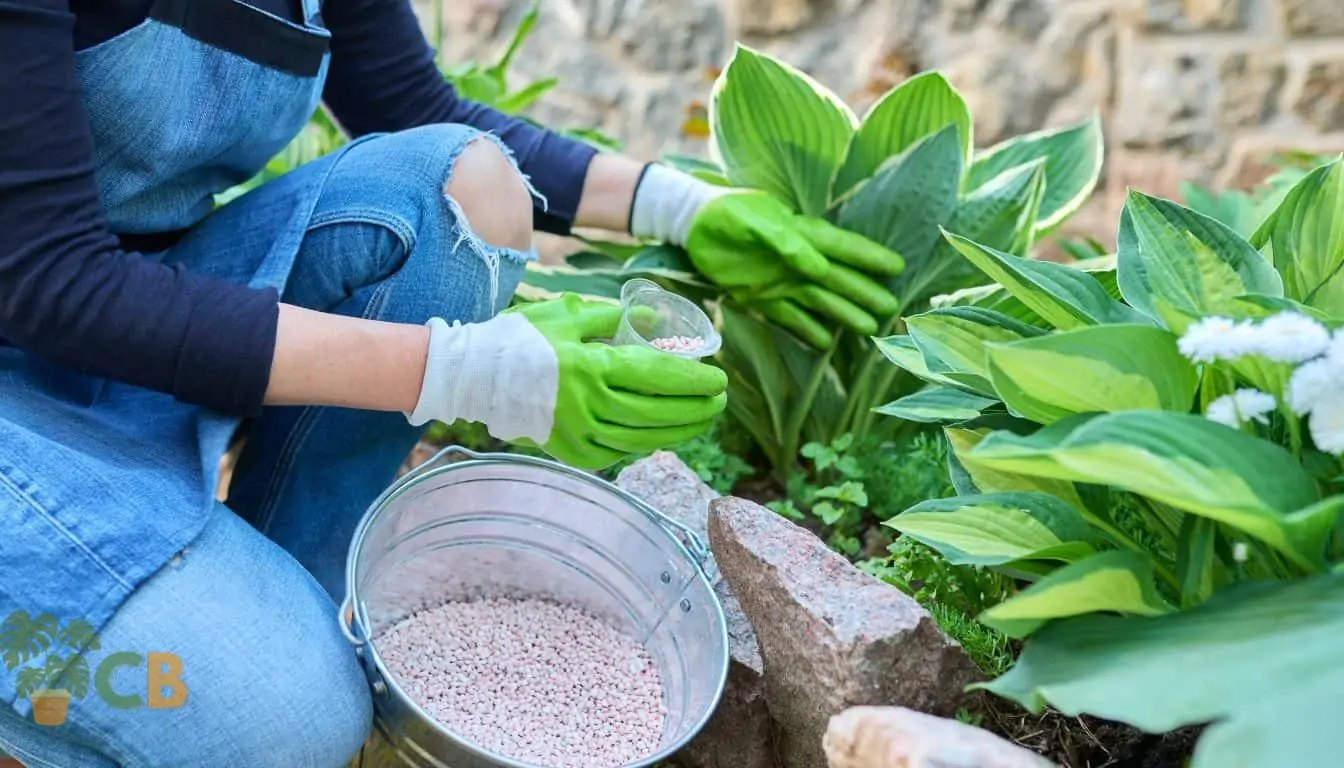What Plants Don't Like Epsom Salt? A Comprehensive Guide
What Plants Don't Like Epsom Salt? A Comprehensive Guide
Blog Article
Explore Why Some Plants Decline Epsom Salt as a Nutrient Resource
In the detailed globe of plant nutrition, the denial of Epsom salt as a practical nutrient source by some plants presents an intriguing quandary. The factors behind this selective behavior delve right into a complicated interplay of plant absorption mechanisms, the special chemical framework of Epsom salt, and plant-specific nutrient choices.
Plant Absorption Mechanisms
In diving into the elaborate world of plant absorption devices, it ends up being apparent that the procedure is governed by an advanced interplay of physiological dynamics and molecular paths. Plants take in nutrients mostly via their roots, utilizing various transport systems to uptake necessary aspects such as nitrogen, potassium, phosphorus, and magnesium. Magnesium, an important part in chlorophyll synthesis and enzyme activation, plays a vital duty in plant development and development.
The absorption of magnesium involves numerous steps, beginning with its schedule in the soil remedy. When liquified, magnesium ions are taken up by plant roots via particular transportation healthy proteins embedded in the cell membranes. These healthy proteins help with the motion of magnesium across the root cell wall surfaces and right into the plant's vascular system, where it is after that distributed to various tissues to support numerous physical functions.
Understanding the elaborate systems behind magnesium absorption in plants drops light on exactly how this necessary nutrient adds to general plant wellness and productivity. By optimizing magnesium uptake paths, cultivators can enhance crop yields and high quality, underscoring the value of comprehending plant absorption characteristics for lasting agriculture methods.
Epsom Salt Chemical Framework
The chemical framework of Epsom salt, also known as magnesium sulfate heptahydrate, reveals an unique arrangement of components that contribute to its unique residential properties and applications. The seven water molecules are freely bonded to the magnesium sulfate substance, allowing it to liquify quickly in water and be readily taken up by plants with their origins.
The crystal structure of Epsom salt develops monoclinic prisms, which are elongated crystals with parallel ends. This crystal shape influences the physical properties of Epsom salt, such as its texture and solubility. Comprehending the chemical structure of Epsom salt is critical for comprehending its habits as a nutrient resource and its communications with plants in horticultural and farming methods.
Plant-Specific Nutrient Preferences
Plants display distinct choices for specific nutrients, stressing the value of comprehending their individual needs for optimal development and growth. Comprehending these plant-specific nutrient choices is vital for optimizing crop returns, boosting decorative plant growth, and advertising overall plant health.

Plant-specific nutrient preferences can also differ based upon whether the plant is a monocot or dicot. Monocots, such as turfs and lilies, have different nutrient demands contrasted to dicots like roses and tomatoes. In addition, certain plants may exhibit details deficiencies or toxicities when revealed to excess or inadequate degrees of specific nutrients. By tailoring nutrient supplements to satisfy the specific needs of each plant varieties, farmers can maximize plant development, decrease vitamins and mineral waste, and support lasting farming techniques.

Dirt Ph and Nutrient Uptake
Dirt pH plays an important function in determining the accessibility of essential nutrients for plant uptake. Acidic soils with a lower pH are beneficial for plants like azaleas and blueberries, while alkaline soils with a greater pH fit plants such as lavenders and clematis.
Dirt pH influences the chemical kinds of nutrients in the soil. In acidic dirts, nutrients like manganese, iron, and aluminum can come to be a lot more offered, yet extreme level of acidity can result in toxicity issues. On the various other hand, alkaline dirts might restrict the accessibility of nutrients like copper, zinc, and iron, affecting plant growth. Preserving the appropriate pH level in the dirt is important for guaranteeing that plants can effectively uptake the needed nutrients for their healthy development and productivity.
Hereditary Aspects in Nutrient Uptake
In the world of plant nutrition, the interaction of genetic factors substantially affects the uptake of important nutrients critical for plant growth and advancement. Genetic aspects play a crucial duty fit a plant's capability to soak up and use nutrients successfully. Variations great site in genes can affect the expression of transport proteins accountable for moving nutrients throughout cell membrane layers. These transportation healthy proteins, such as networks and service providers, are inscribed by specific genetics that can differ among plant varieties and even within the very same types.
Additionally, hereditary factors likewise establish the efficiency of nutrient uptake devices within plants. Some plants may possess genetic qualities that boost their ability to feed on visit this site right here nutrients from the dirt effectively, providing them a competitive advantage in nutrient-poor settings. On the other hand, genetic variants can also cause constraints in nutrient uptake, ensuring plants a lot more susceptible to shortages also when nutrients are abundant in the dirt.
Comprehending exactly how hereditary aspects influence nutrient uptake is critical for creating methods to optimize plant nutrition and enhance plant efficiency in different agricultural setups. By deciphering the hereditary systems entailed in nutrient uptake, scientists can function in the direction of developing genetically enhanced plant selections with boosted nutrition purchase capabilities.
Verdict

In the detailed world of plant nutrition, the being rejected of Epsom salt as a practical nutrient source by some plants positions an appealing quandary. what plants don't like epsom salt. Recognizing these plant-specific nutrient choices is essential for making the most of plant returns, boosting ornamental plant development, and promoting total plant health and wellness
By tailoring nutrient supplements to satisfy the accurate needs of each plant types, growers can enhance plant growth, reduce nutrition waste, and support lasting farming practices.
In the realm of plant nourishment, the interaction of genetic aspects dramatically affects the uptake of vital nutrients important for plant growth and development. Understanding these complexities in plant nutrient uptake is essential for maximizing plant growth and wellness in agricultural techniques.
Report this page